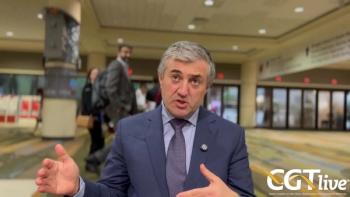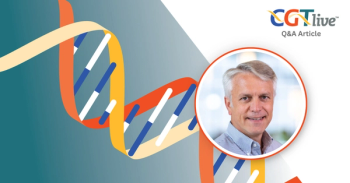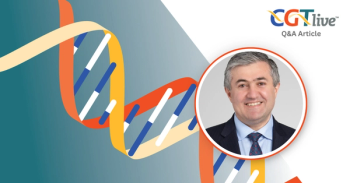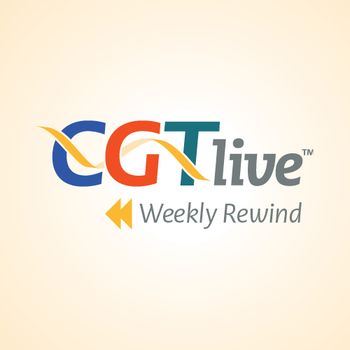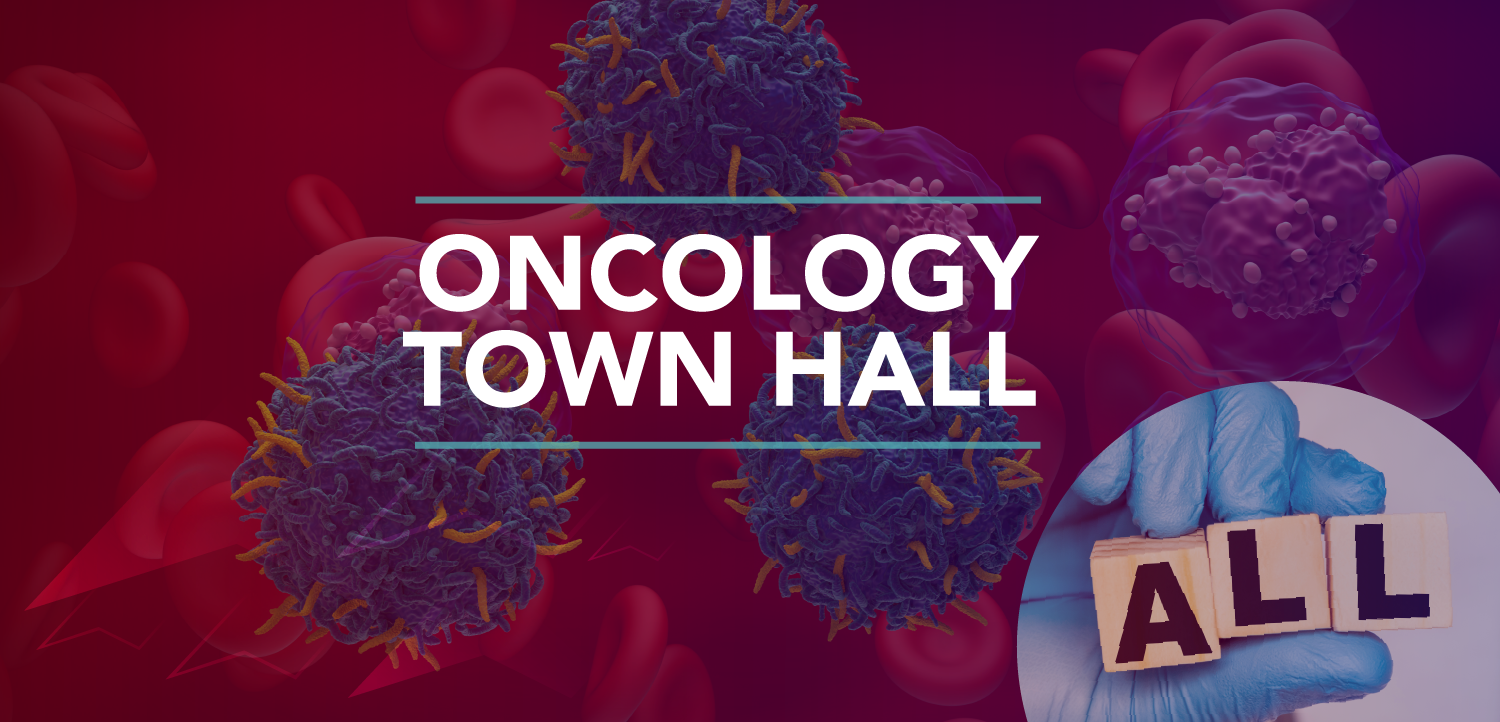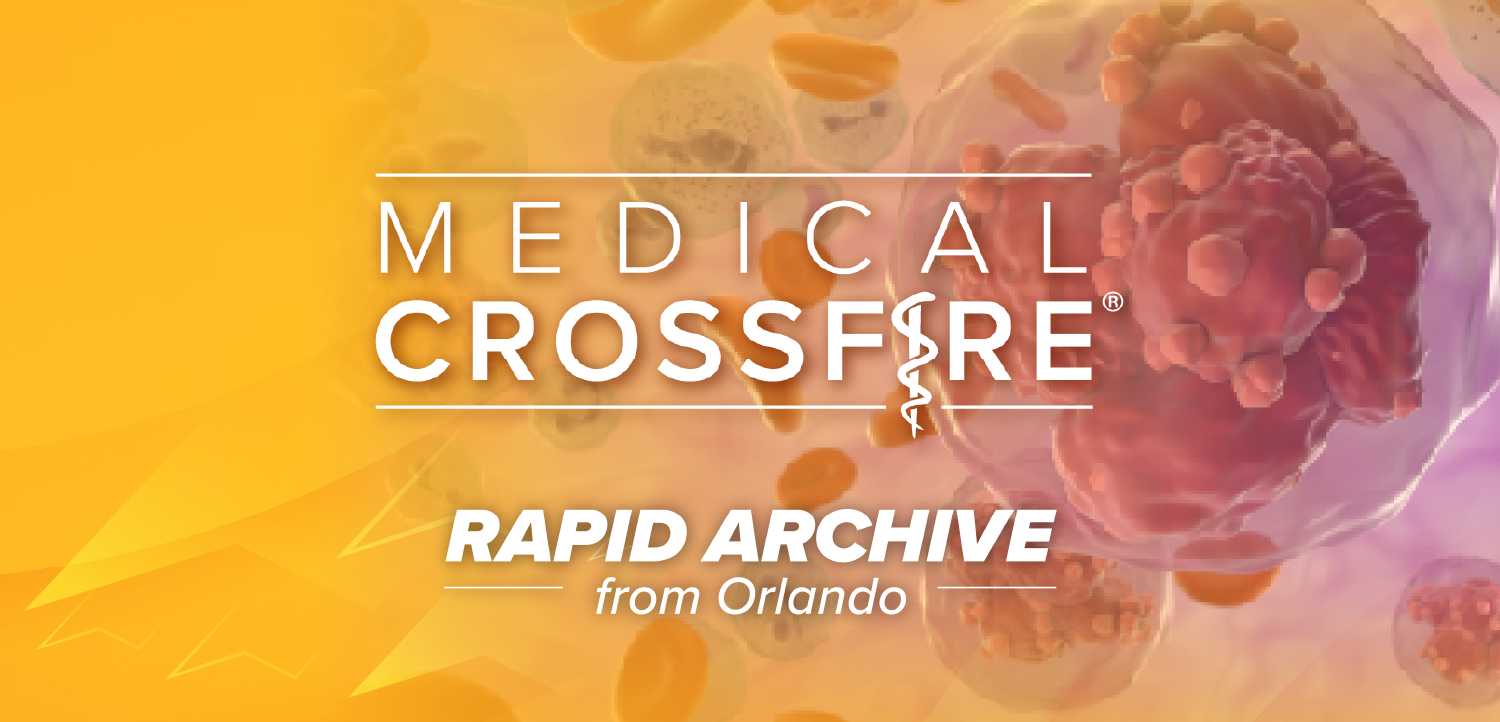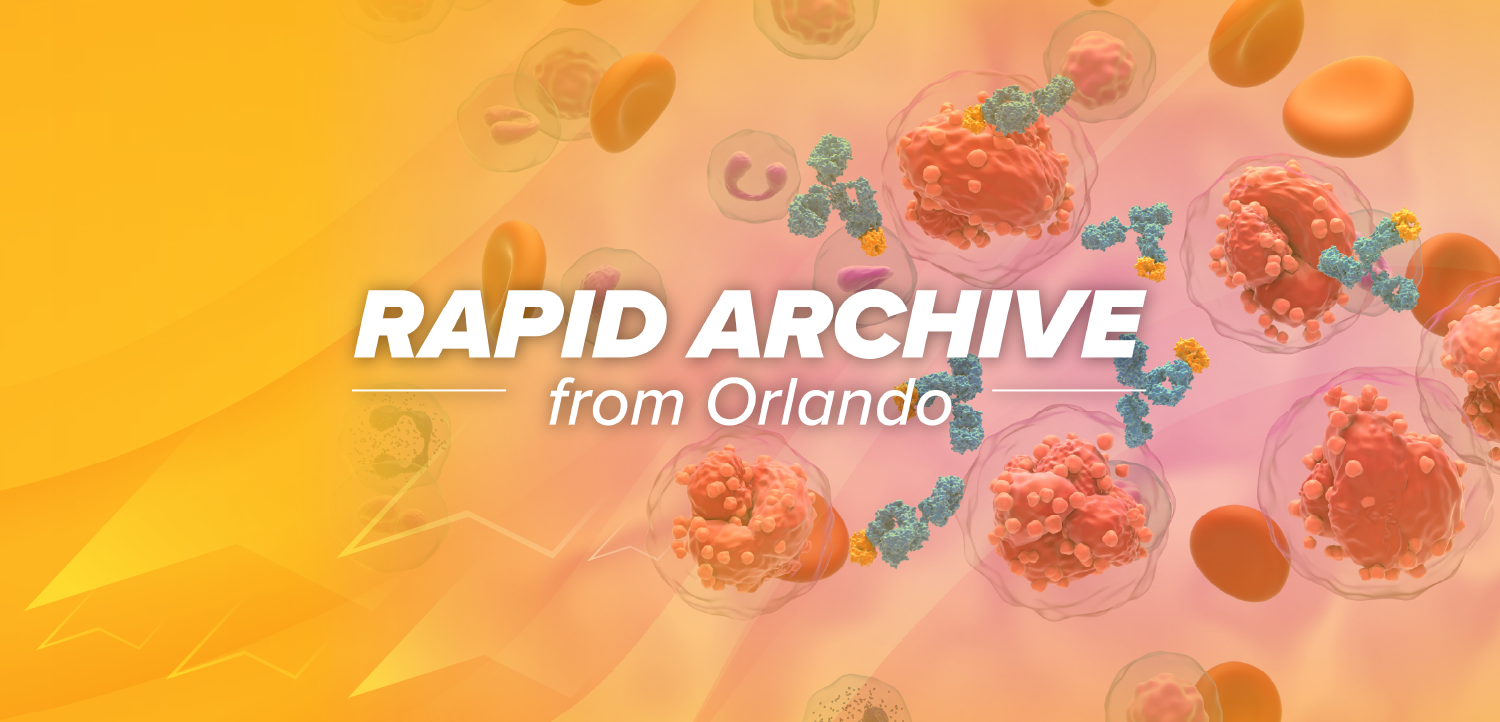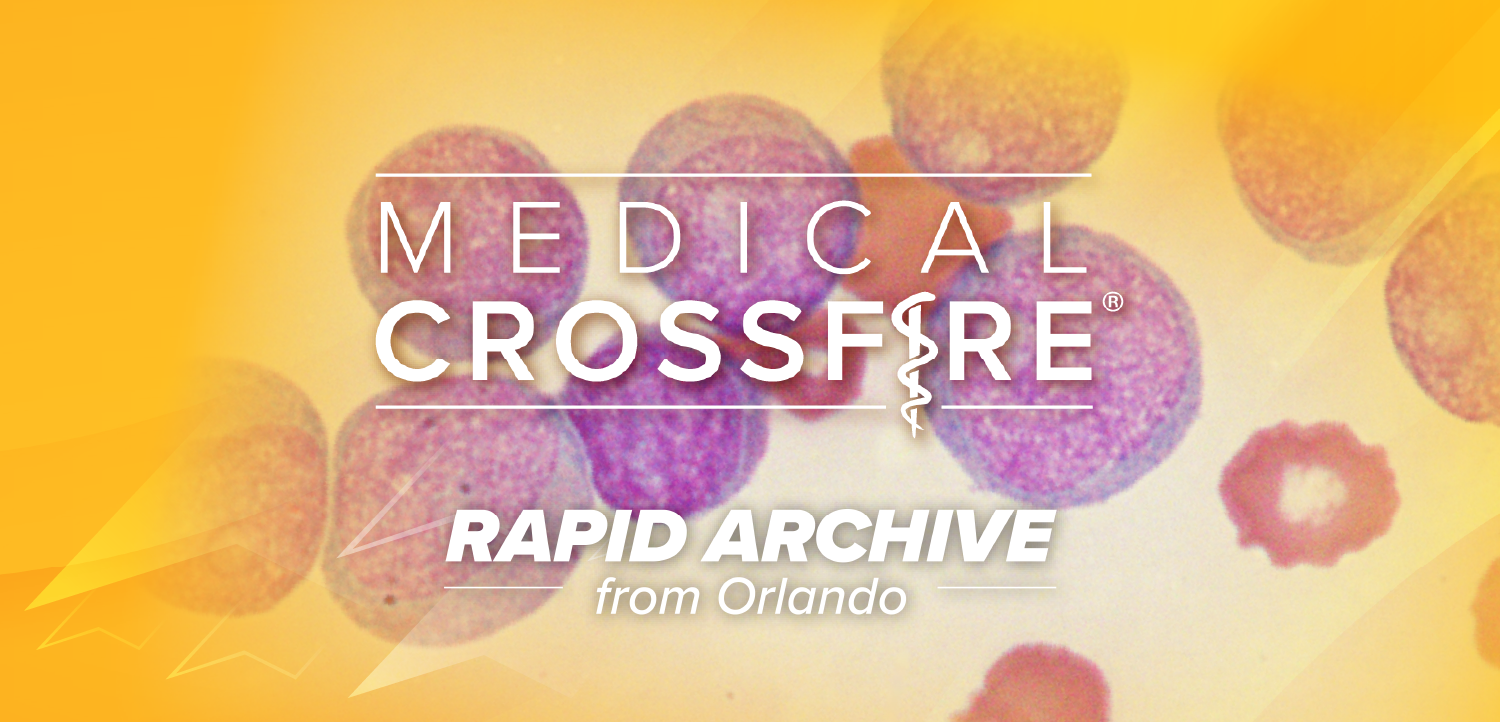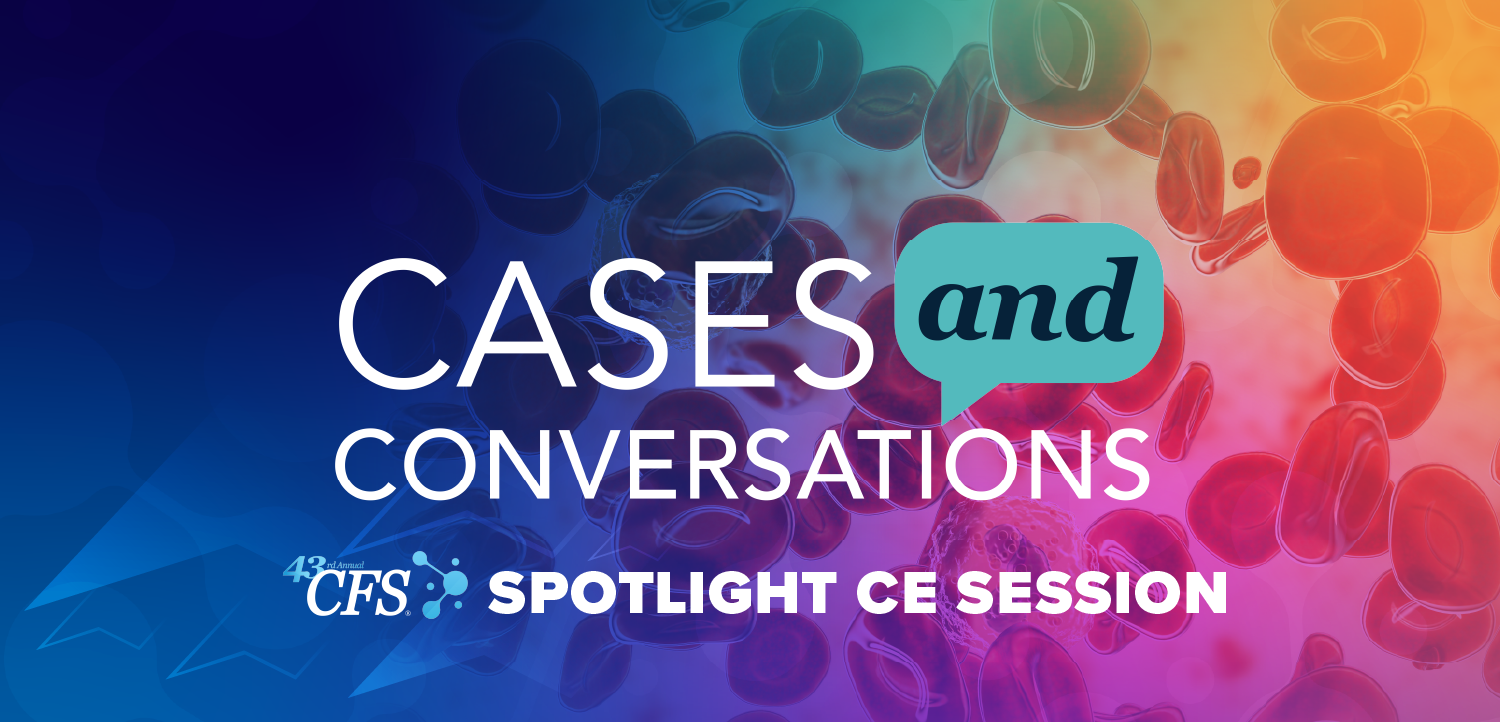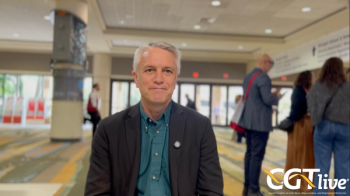
The Future of Capricor’s Cardiomyopathy Cell Therapy Deramiocel
Linda Marbán, PhD, the CEO of Capricor Therapeutics, discussed future plans for the product after the promising data presented at MDA’s 2025 conference.
This is the second part of an interview with Linda Marbán, PhD. For the first part,
Capricor Therapeutics is currently seeking to address treatment gaps in the landscape of care for Duchenne muscular dystrophy (DMD) with Deramiocel, its potentially-adjuvant allogeneic cardiosphere-derived cell therapy. The product is currently being evaluated in an ongoing open-label extension (OLE) study (HOPE-2-OLE; NCT04428476), data from which were recently presented at the 2025 Muscular Dystrophy Association (MDA) Clinical & Scientific conference, held March 16 to 19, in Dallas, Texas.
In an interview with CGTLive®, Linda Marbán, PhD, the CEO of Capricor Therapeutics, spoke about the implications of these data and future plans for Deramiocel. Notably, she pointed out that Deramiocel may eventually be evaluated for the treatment of other cardiomyopathies.
CGTLive: How would you summarize the big picture implications of the data from HOPE-2-OLE presented at MDA this year?
Linda Marbán, PhD: The big picture implications are that this is adjunctive therapy that can be used to treat DMD with any of the dystrophinopathy-treating therapies. Many people think ‘okay, this is a mutation and so we just have to fix the mutation and then we fix the disease—gene therapy, yay, done, out the door.’ Not so. Until this disease can be fixed intrauterine where every single cell that the person is born with is normal, they will always have the sequelae associated with the disease, which is inflammation and fibrosis. With that in mind, Deramiocel becomes great adjunctive therapy. As I mentioned, the safety profile is stellar. There's a very simple premedication regimen that these boys and young men have to take before getting the infusion; it's 24 hours before oral steroids, oral antihistamines. Then we really have no issues with hypersensitivity that are unmanageable. As a result of that use it with anything that changes the dystrophinopathy it goes along well. The future of Deramiocel is in other types of orphan cardiomyopathies, Becker cardiomyopathy, the Duchenne carrying moms, and then other cardiomyopathies associated with inflammation and fibrosis.
Did any challenges come up during the trial?
it's been pretty straightforward. We did a lot of work. We've been working on Deramiocel for really coming up on 20 years. It's been in patients for let's call it 8 or 9 years. We've done over 700 infusions to date, which really allows us great understanding of how it works and any potential pitfalls for which there are very few. I guess the only cautionary tale is this will always be done in an infusion center or a medical center, just to watch for those hypersensitivity reactions. Sometimes the guys get them.
For treating physicians, if you end up using Deramiocel, which I hope you do, be aware of the fact that especially [with] second, third, and fourth infusions, they typically get a little bit of malaise, a little bit of flu-like symptoms, sometimes headache and nausea. That's just an immune response to the infusion. It typically goes away after a day or 2. Some families manage it sort of with off-the-shelf medicines like Benadryl. Physicians will use acetaminophen for any type of febrile activity, but really it's a very manageable, easy, at-home kind of post-infusion care and the benefits are without measure—or with measure, actually!
Is there anything else you want to add?
The takeaway here is Deramiocel is a cell therapy product. It is not a stem cell. It does not retain and engraft. The cells die and go away. The mechanism of action is via the exosomes. That's why the activation of the immune system is to a benefit. It helps sort of stimulate the bioactivity of the exosomes, but there's really no risk of rejection or any types of immune response that would be dangerous. Immunologists have been working with us for the past 10 years to help us understand that. Because they're not stem cells, there's no danger of using them. They die and go away. We can really think of this as a very good opportunity to make use of a new type of cell therapy that definitely has clinical benefit.
This transcript has been edited for clarity.
REFERENCE
1. Capricor Therapeutics Announces FDA Acceptance and Priority Review of its Biologics License Application for Deramiocel to Treat Duchenne Muscular Dystrophy. News release. Capricor Therapeutics. March 4, 2025. Accessed April 28, 2025. https://www.capricor.com/investors/news-events/press-releases/detail/305/capricor-therapeutics-announces-fda-acceptance-and-priority
Newsletter
Stay at the forefront of cutting-edge science with CGT—your direct line to expert insights, breakthrough data, and real-time coverage of the latest advancements in cell and gene therapy.

